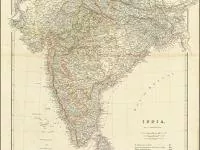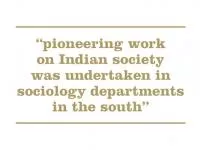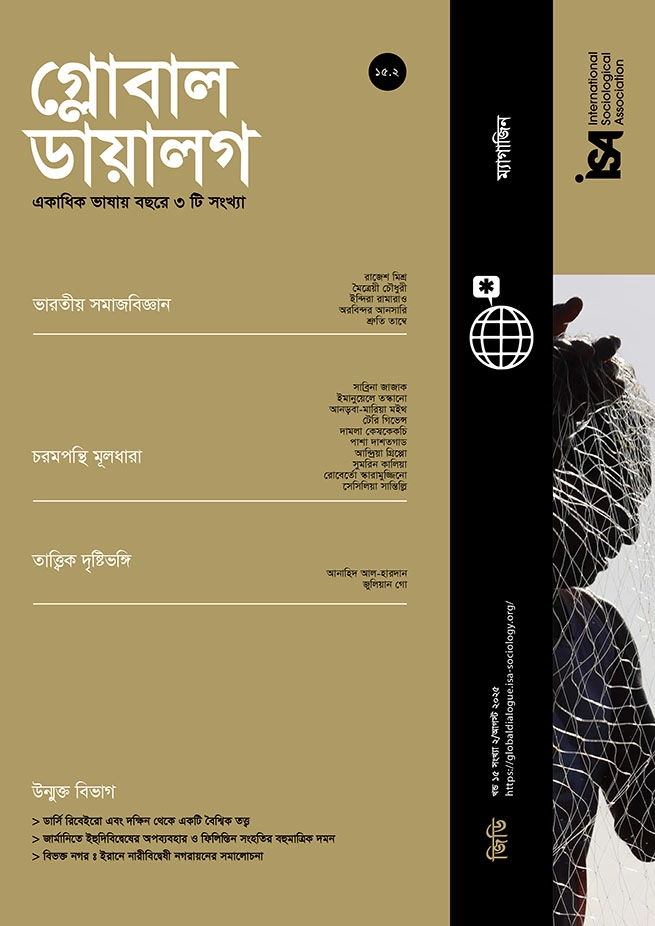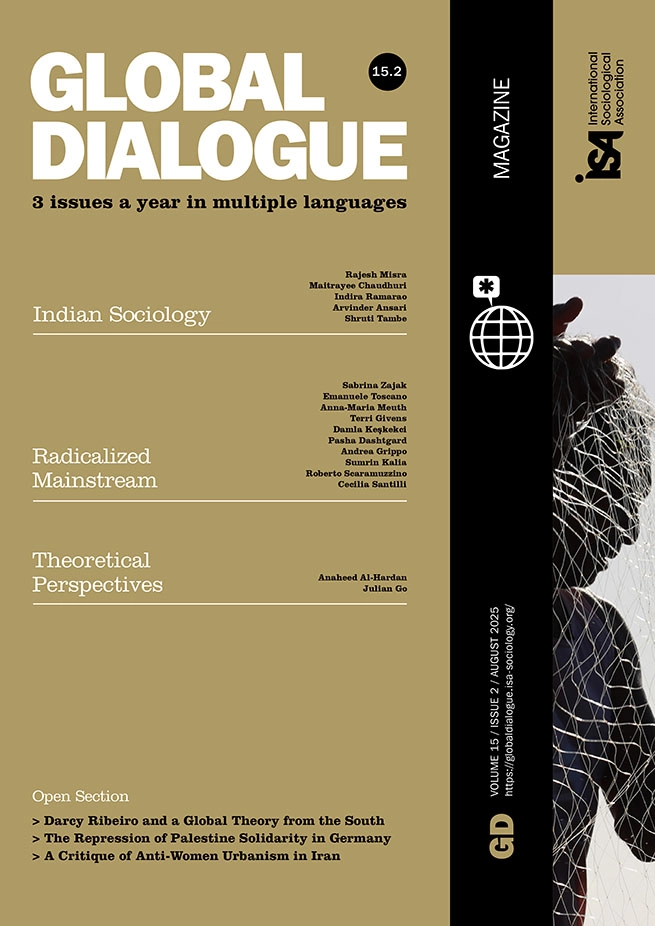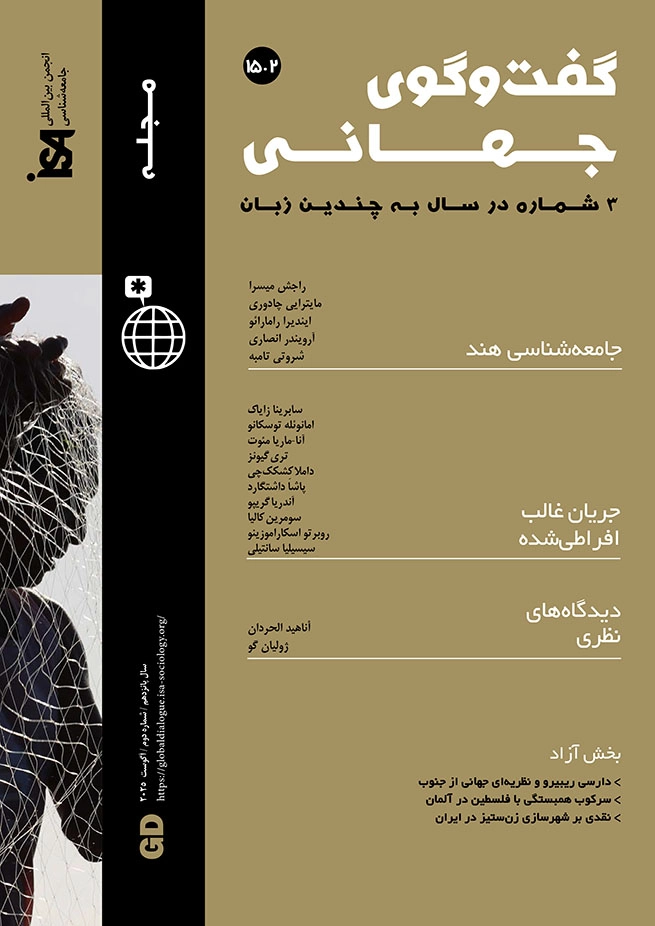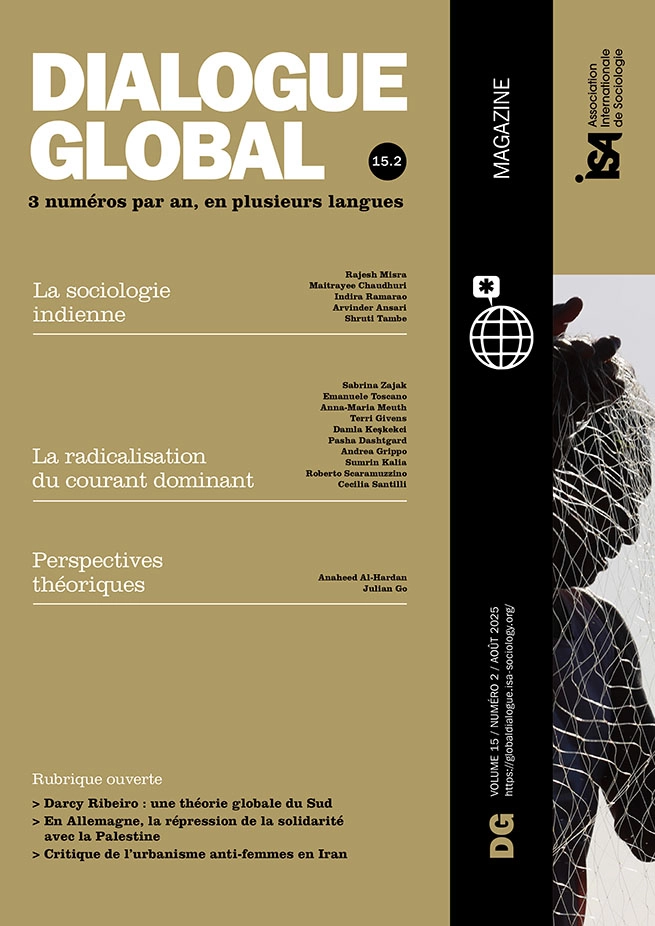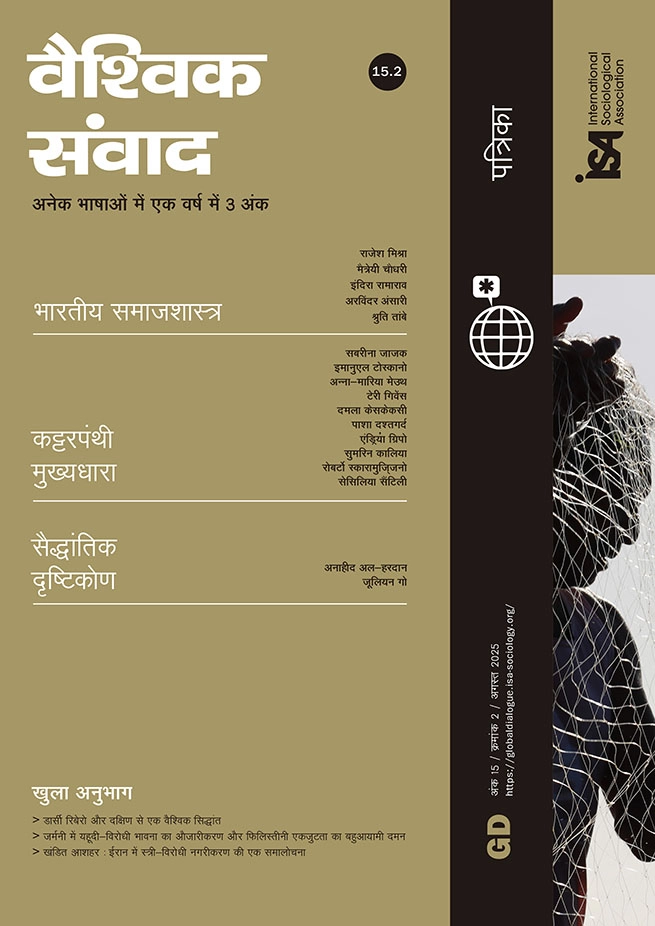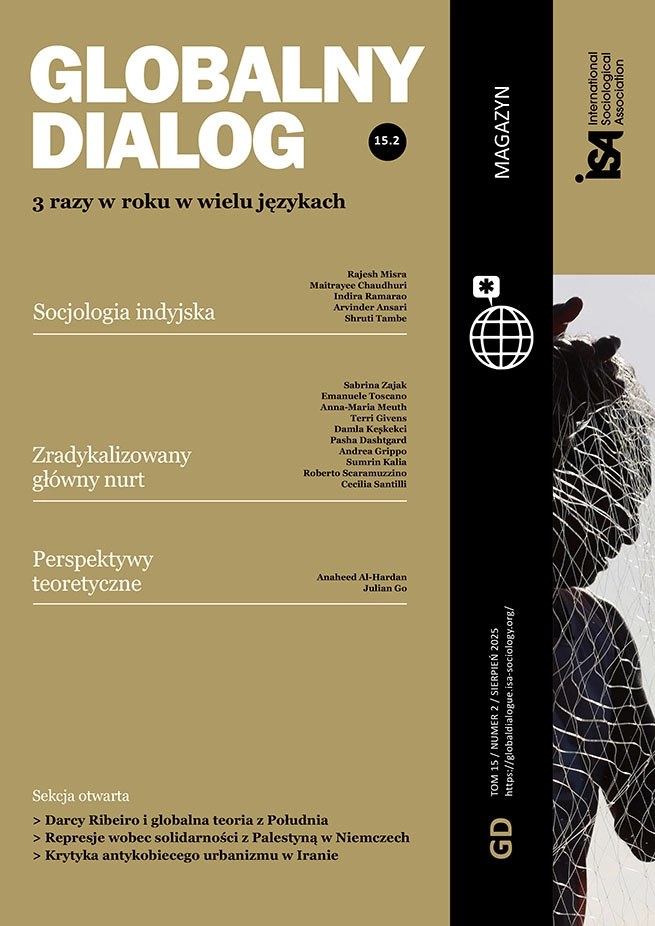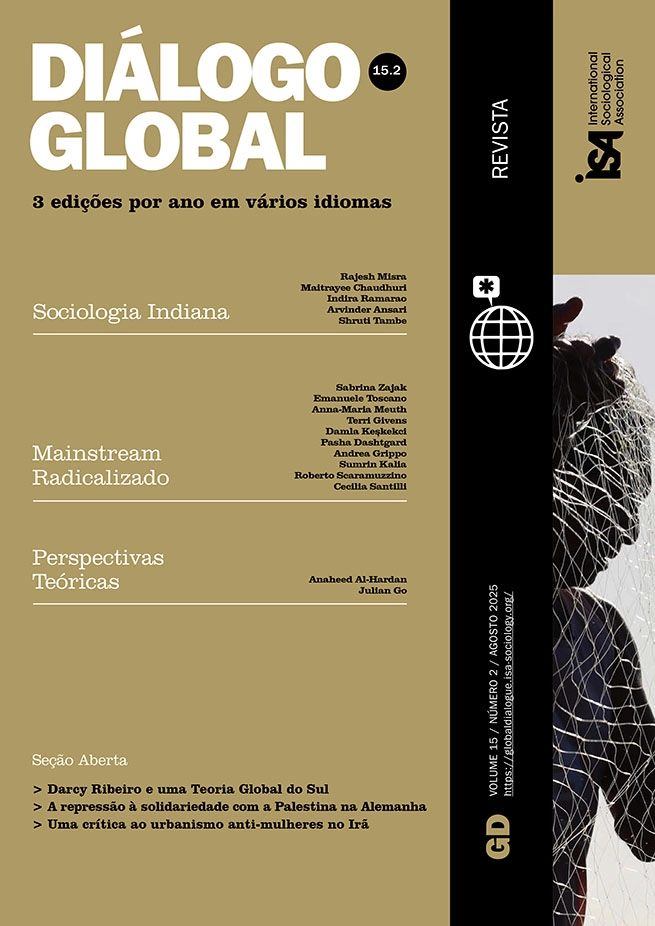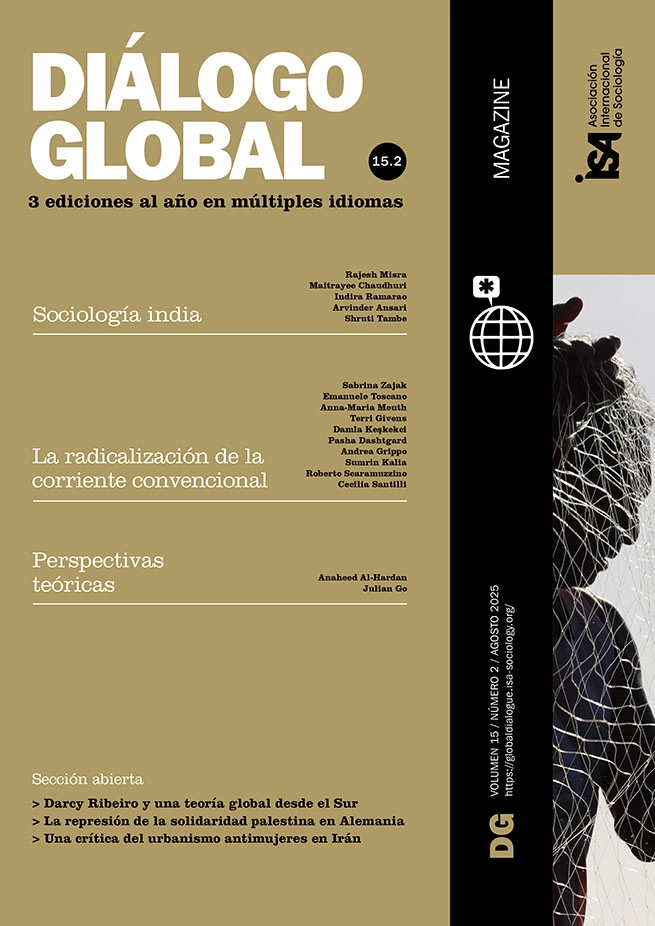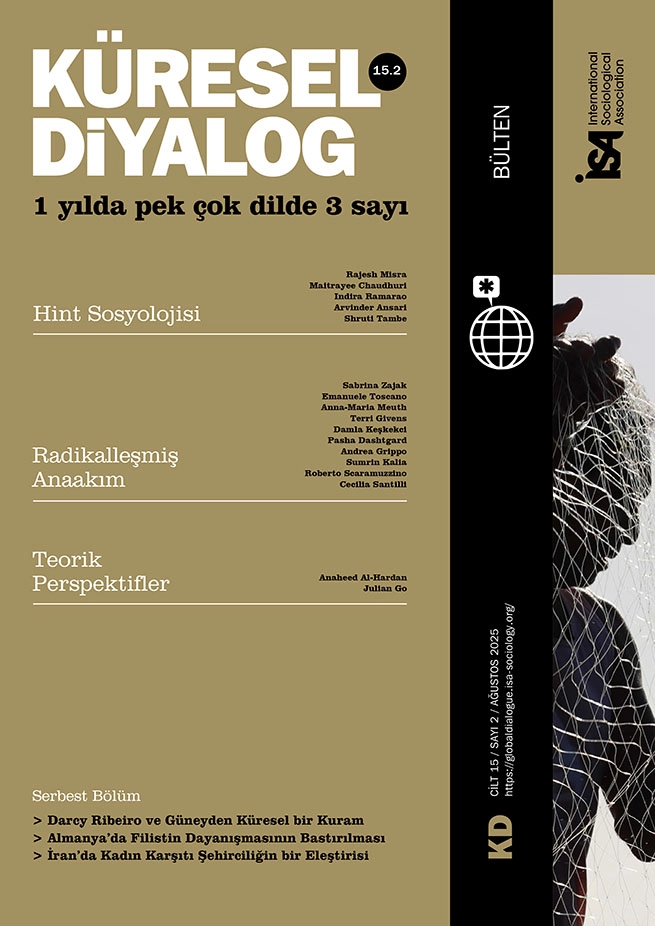The sociology of social movements developed as a field in the second half of the twentieth century in the Western academic world. In the 1960s, this subfield of sociology was very popular worldwide, including in India. In fact, the sociology of social movements arose at the time of decolonisation around the world. Is it an accident that the rise and success of anti-colonial movements and the rise in the popularity of the sociology of social movements coincided?
I argue that the many different protests and anti-colonial, anti-imperialist, and anti-race movements inspired the rise of a separate field of sociology; precisely, the sociology of social movements, which advanced beyond the traditional formulation of social change. Yet this field did not acknowledge and include the methods, strategies, and ideologies that were observed on the ground during the period of decolonisation. It was almost as if the specialised field of the sociology of social movements was completely isolated from developments in the “colonial world”.
Modern proletariat movements within Western liberal capitalist democracies
I wish to lay out three postulates that were important in the field of the sociology of social movements as it became a distinct field of research. These also mark the boundaries of academic access to and legitimacy of certain experiences.
The first is the argument that social movements are a modern phenomenon. All the elements of modernity – the transformation of ideas and values, polity, economy, society, and technology – have contributed to making social movements a thoroughly modern phenomenon. Although the process of transformation was initially very slow and regionally specific, certain intellectual processes have commonly been observed in various parts of Europe since the fifteenth century. Individualism, rationalisation, and encouraging both new aesthetics and the importance of science and technology were commonly experienced in the modern world. These transformations in turn initiated changes in politics, economy, and social relations. Was this the case with the colonial world? Was race an important issue in the Global South at that time?
Secondly, this field implies that the study of institutionalised collective action is rooted in all the aspects of modernity, individualism, and dissent in liberal democracies shaped by Western capitalism. This grants an authenticity exclusively to the Western experience. These institutionalised actions are associated with twentieth-century democratic institutional structures in a Western liberal capitalist democracy.
The third postulate elaborates on who the leaders of these struggles are and who the followers are. The obvious assumption in the field is that proletariats are the vanguards of social movements. The struggles underline the class conflicts and the resultant pressures for the sociopolitical and economic reformulations in democratic societies.
With these postulates and a number of conceptual frameworks and theoretical perspectives, social movements were studied by scholars across the globe. They highlighted issues of structural strain, discrimination, loss of livelihood and democratic dissent. Following the same path, various strategies adopted by movements were documented in India and across the Global South.
No place in the mainstream despite six decades of popularity in India
In India, the 1980s witnessed a surge in research on social movements, nationalist movements, peasant movements, and tribal movements. Moreover, case studies like the Bhoodan-Gramdan (land gift and village gift) movement documented and analysed various struggles, movements, and agitations within the established frameworks of the sociology of social movements. Several doctoral dissertations were also submitted in multiple universities in the same period.
And yet, after six decades of the popularity of sociology of social movements as an academic field at the international sociological level, how and why are the cases and experiences of dissent, protest, and contestations involving millions of common resourceless people in South Asia and especially India awkwardly struggling to fit into the frameworks of mainstream sociological discourse on social movements? Can we understand this conundrum that continues today and identify the factors that can show us a way out?
Waves of agitation and social movements across India failed to focus sociological debates
NAPM@30 is a document that celebrates struggles (both successful and failed) and states that when this people’s alliance was emerging in the early 1990s, the Structural Adjustment programme driven by the World Bank had already been thrust on the Indian government. This incursion severely affected grants, welfare schemes, subsidies, and stable permanent employment for thousands. Yet, as NAPM@30 reminds us, a general agreement – albeit not a very clear one – prevailed among the ruling class and the resourceless exploited masses over the promise of the welfare state and the institutional structure based on constitutional values prevailing till the late 1980s.
The 1970s and 1980s saw a wave of agitations across India led by students and youth, broadly demanding the socioeconomic and political reformulation of Indian society through social movements, citing the goals of the anti-colonial nationalist movement and the constitutional goals of establishing democratic socialism and a welfare state. Redistribution of land to the landless, housing for socially and economically deprived sections like the scheduled castes, educational subsidies for poor students, a public distribution system ensuring subsidised food and grain to alleviate poverty were some of the demands. Even till the mid-eighties, it was still believed after four decades of post-colonial existence that the democratic republic of India had to march along the path of liberty, equality, and fraternity supported by (social, economic, and political) justice, secularism and socialism to secure an equitable future for the billions. With these aims, thousands of agitations, campaigns, and movements rose and ebbed in various parts of India. Yet, in India, social movements were a significant but not the central point of discussion and debate in sociological circles. The main debates in sociological circles in India were still the tradition versus modernity debate and the rural versus urban debate, along with the conceptual and substantial aspects of social stratification debate.
“New” struggles reflect the gap between advanced capitalist economies and the colonial capitalist Indian economy
However, around the late 1980s, New Social Movement (NSM) theory emerged, analysing the “new” movements that were being observed since the 1960s in the developed Western world as opposed to the “old” movements, as per Marxist theory of social movements. The “new” social movements were characterised by a novel focus on lifestyles, values, and transformation of the private life and symbolic realm in advanced Western capitalist economies.
This was the time when many mass movements, including agitations by youth for employment, tillers and small peasants for fair prices and land rights, and tribal communities against displacement and to demand resources, were stirring up the Indian democratic arena. The issues of political and economic restructuring had surfaced and the urgent need to alleviate poverty through income and power redistribution was at the centre of debates within civil society. Issues of survival and democratic rights leveraged through movements and trade unions demanding dignity were common agendas in the 1980s.
In other words, while in India, movements concerning material conflicts, citizenship, and human dignity were being fought side by side, in Western societies the issues of survival had already been more or less settled and it was issues of identity, lifestyle, and values that were being contested. India had entered capitalism through the route of colonial capitalism, as Alavi and Shanin (1982) argue strongly, and this explained the gap between advanced capitalist economies and the colonial capitalist Indian economy.
Neglected conceptual and theoretical frameworks
Since the 1990s, movements of the socio-culturally deprived and exploited sections of society – the “scheduled castes”, as the state had labelled them after independence –, the tribal movements demanding hereditary rights over forest lands and forest produce along with cultural rights and dignity as citizens, and women’s movements, have all been studied using the framework of NSM theory. The received framework of NSM was “applied” without much revision by scholars.
In the new millennium, while the unfinished protests and struggles for material rights and socio-cultural demands are raging on the ground, scholars are using all the social movement theories ranging from functionalist explanation using relative deprivation to NSM theory.
An awkwardness is observed and almost an apologetic opinion is expressed by senior scholars that conceptual and theoretical frameworks that were used by Indian scholars of movement studies in the 1980s were largely neglected in the Indian academia. Activists point out that the slogans and agendas as well as the strategies employed in the movements on the ground have not triggered much discussion in the academia, barring curiosity from a few academics.
Concluding questions from the Global South
Our contemporary world is vibrant due to the democratic expressions of dissent, protest and contestation of various ideologies and agendas. Looking from the Global South, sometimes one wonders whether it is the same world that we all inhabit. Deeper analysis reveals that even the Global South is not a homogenous category. From conflicts over equitable distribution of natural resources to movements for freedom against sexual abuse like #MeToo, and from identity-based movements like those of the LGBTQ communities to protests against displacement due to capitalist mining, industrial and infrastructural projects, some issues are common and some are specific to the Global South. It is a global picture strained with contradictions of resources, incomes, rights, and impunities.
So, to conclude, I raise the following questions: Did the sociology of social movements in India fail to derive its conceptual and theoretical basis from the anti-colonial struggle that used strategies ranging from violent conflict with the British to non-violent community-based networks formed under Mahatma Gandhi’s leadership? While Western theories of the sociology of social movements branded nationalism a narrow ideological stance, was the meaning of nationalism under Gandhian leadership the same as in the West? Considering truth and morality based on non-violence, it seems that humanitarian values as the basis of a new democratic state with a wider international vision could have been studied as the new form of modernity emerging in the Global South. So, were we too mechanical in applying the received Western conceptual and theoretical frameworks when analysing the struggles and conflicts in India and other societies in the Global South, with an unconscious received Orientalism?
In order to breathe much-needed new life into the sociology of social movements, it is pertinent to find answers to these questions. Only then can we arrive at a subfield that is just and more suited to the varied realities of social movements, especially in the Global South.
Shruti Tambe, Savitribai Phule Pune University, India <shruti.tambe@gmail.com>
